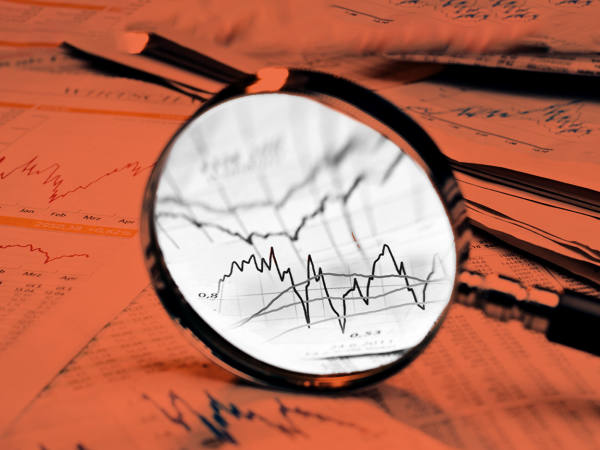- This week, the S&P 500 entered correction territory
- Is this the start of a wider bear market?
- Lots of idea-generating content
On 4 January, the S&P 500 hit a fresh all-time high of 4818. Shortly after the US market opened on Monday, it sank below 4336. And with that, the world’s most widely followed blue-chip index had fallen more than 10 per cent from its most recent peak, and officially entered ‘correction’ territory.
At the time of writing, the market had pared back some of those losses. But there’s no denying that after three of the all-time strongest years for US equities, things are suddenly looking downbeat.
The rout wasn’t unforeseen: the IC was not alone in forecasting tougher times ahead ('Economic recovery is bad news for growth stocks, IC, 17 December 2021). In her outlook for 2022, published before shares started their descent, Bank of America’s head of US equity research, Savita Subramanian, predicted a down year for the S&P. This was despite her team forecasting 7 per cent corporate earnings growth in 2022.
“I think it’s going to be a tougher year,” she cautiously predicted in an interview published on the bank’s website last month, citing the twin headwinds of inflation and tough comparative numbers for corporate America. Throw the prospect of a sharp rise in interest rates into the mix, and the picture gets bleaker still.
Others have taken a more sanguine view. Kristina Hooper, Invesco’s global market strategist, cites two aspects of the recent shake out that investors should probably welcome as signs of more normal market conditions. First, she argues hits to “stay-at-home” stocks are an inevitable product of peaking Omicron cases in many countries. Second, supply and demand conditions are normalising.
In addition, Hooper points out that the Fed has tools – including asset purchase tapering and reducing the size of its balance sheet – which don’t rely on rising rates.
Still, after almost two years in which equities only went one way, it feels like the job of reading the tea leaves just got harder.
In financial markets, lots of time is given over to the near-term outlook for company profits, and what price investors should be prepared to pay for these earnings. But this question becomes extra critical when the signs from the real economy look so uncertain.
For much of the past year, investors have debated whether rising inflation is a transitory phenomenon or a ‘new normal’. This question is now coming to a head. In the transitory camp are those who believe inflation is up in part thanks to a big expenditure shift away from services towards goods rather than excessive spending.
But if higher inflation is a feature of the post-pandemic economy, then the recent sell-off is likely to be repeated.
In December, year-on-year inflation hit 7 per cent in the US. If this level were to be sustained throughout 2022, it would swallow up the earnings growth Subramanian and her team are forecasting.
Does this mean we are on the precipice of a drawdown akin to the 50 per cent fall in the S&P 500 between March 2000 and October 2002?
On balance, it seems unlikely, not least because the majority of the most highly valued stocks in the index are at least cash generative. As ever, and as Goldman Sachs pointed out to its clients at the start of this year, the bar for pulling out of equities is high, even if the noise seems to imply otherwise.
External links:
Dawn of a Breakout Era? (Bank of America)
Piloting Through (Goldman Sachs)










